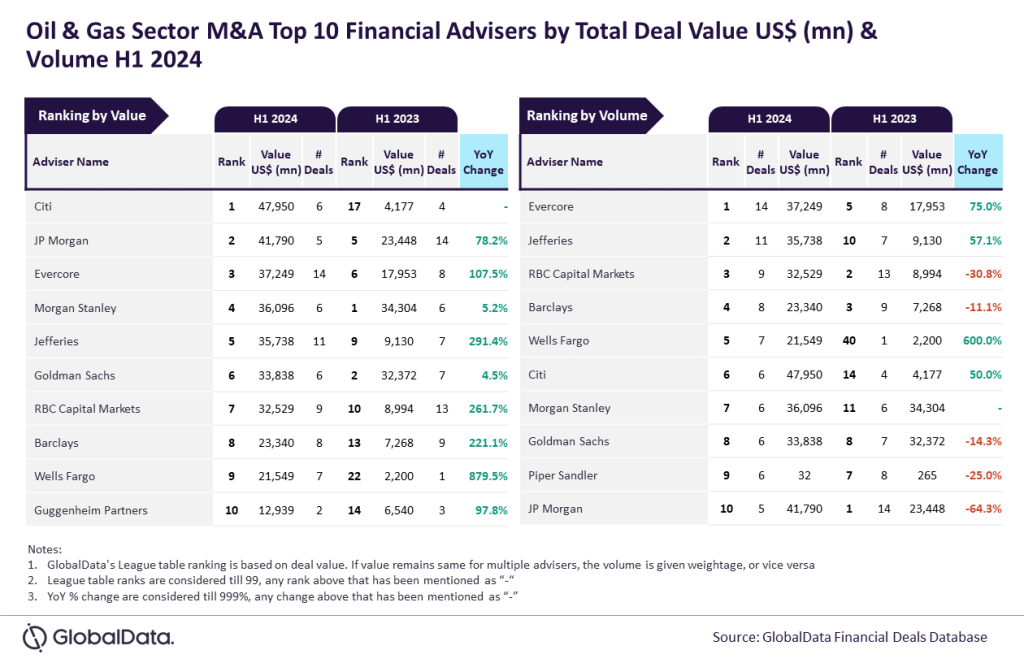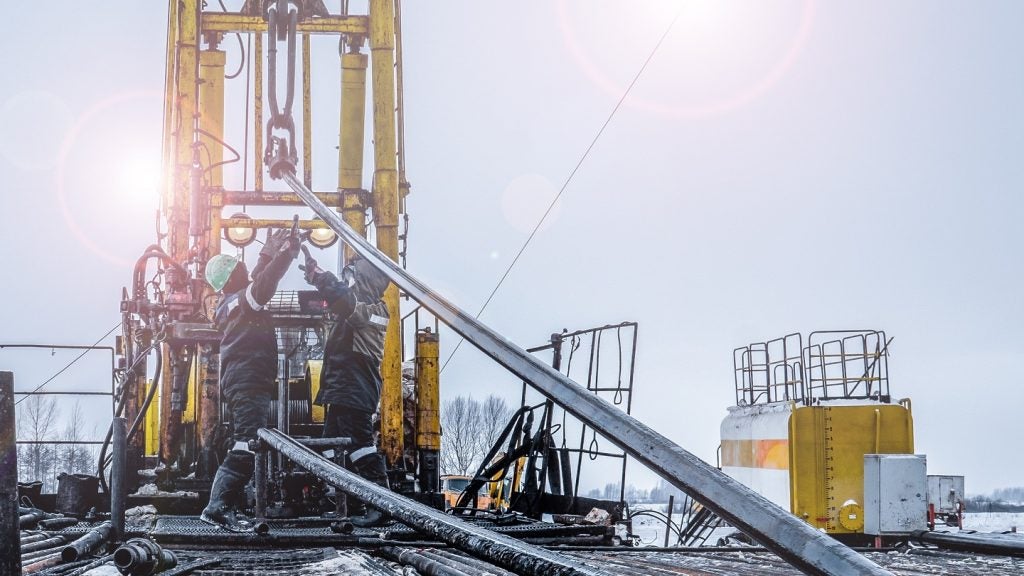Oil prices remained stable as lower crude production from OPEC countries balanced the increase in US shale production.
Benchmark Brent crude LCOc1 was down 10 cents to reach $55.62 per barrel while US crude CLc1 was also down by 10 cents to touch $53.01 a barrel, reported Reuters.
OPEC and Russia reduced output by nearly 1.1 million bpd that supported global oil prices to jump. However, the rise in US production negated its impact in the global oil market.
PVM Oil Associates London brokerage analyst Tamas Varga was quoted by the news agency as saying: “The general perception is that OPEC is cutting production, which is supporting prices, but high stock levels, rising rig counts and growing US production are capping gains.”
Since the beginning of 2017, the prices of oil swayed in both directions within a $5 per barrel price range, implying not enough strong momentum in the global crude market.
The investors are also concerned about the slowing of US gasoline consumption, a significant factor to determine oil demand.
How well do you really know your competitors?
Access the most comprehensive Company Profiles on the market, powered by GlobalData. Save hours of research. Gain competitive edge.

Thank you!
Your download email will arrive shortly
Not ready to buy yet? Download a free sample
We are confident about the unique quality of our Company Profiles. However, we want you to make the most beneficial decision for your business, so we offer a free sample that you can download by submitting the below form
By GlobalDataGasoline inventory increased by nearly 21 million barrels in the first 27 days of January, indicating stall in demand or a glut in the US market.
China, second largest oil consumer after the US, may import less crude oil during the first half of the year due to refinery maintenance.






